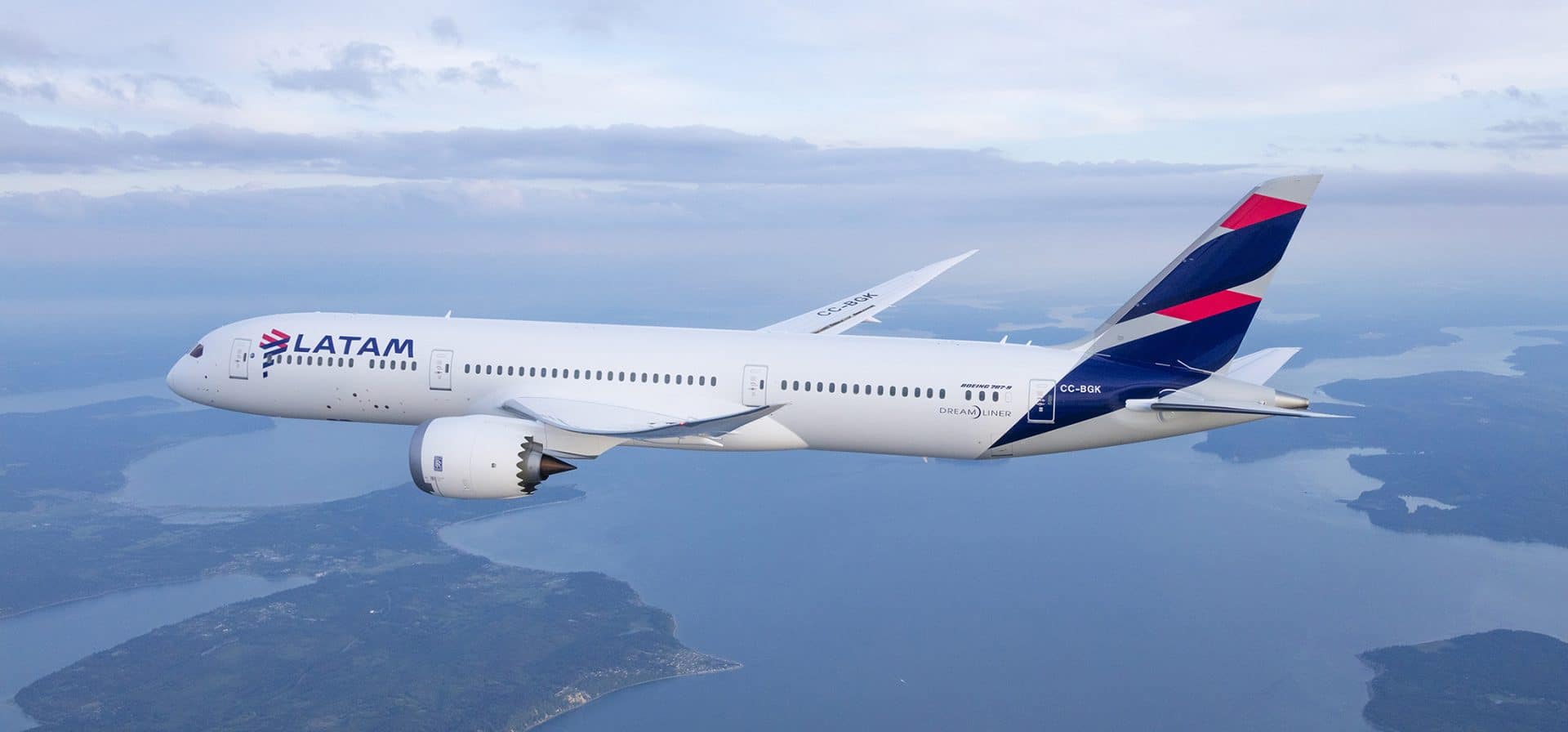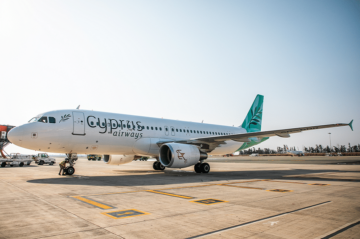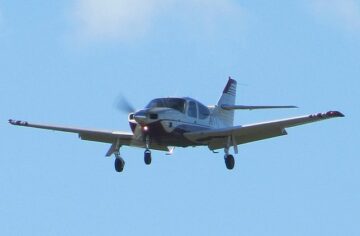
On 11 March, a LATAM Airlines Boeing 787-9 Dreamliner (registered CC-BGG) operated flight LA800 between Sydney, Australia, and Auckland, New Zealand. A technical problem that caused a “strong downward movement” resulted in passengers and crew members being thrown into the ceiling of the aircraft.
One passenger witnessed that the sudden drop in altitude occurred with about one hour left to fly, and not less than fifty passengers and crew members got injured.
The New Zealand airport authorities launched a major emergency service response. After landing, several passengers and crew members were transported to hospital.
One patient was hospitalised in a serious condition, while the remainder of them were in a moderate to minor condition.
“The plane landed at Auckland Airport as scheduled. As a result of the incident, some passengers and cabin crew were affected. They received immediate assistance and were evaluated or treated by medical staff at the airport as needed,” an airline spokesperson told the New Zealand Herald.
“Latam regrets the inconvenience and injury this situation may have caused its passengers, and reiterates its commitment to safety as a priority within the framework of its operational standards.”
As a former flight attendant, I feel compelled to add a personal reflection to the incident:
“I have witnessed the consequences of turbulence and unexpected incidents firsthand, it’s clear that wearing a seat belt is not a matter of choice but an essential safety measure.
This incident should serve as a wake-up call for passengers and aviation professionals alike to prioritise safety above all else. Regardless of the duration of the flight or the absence of visible signs of turbulence, wearing a seat belt should always be treated as a non-negotiable aspect of air travel.
By adhering to this fundamental safety measure, passengers can significantly reduce the risk of injury and contribute to a safer flying experience for everyone on board.”
Related articles
- SEO Powered Content & PR Distribution. Get Amplified Today.
- PlatoData.Network Vertical Generative Ai. Empower Yourself. Access Here.
- PlatoAiStream. Web3 Intelligence. Knowledge Amplified. Access Here.
- PlatoESG. Carbon, CleanTech, Energy, Environment, Solar, Waste Management. Access Here.
- PlatoHealth. Biotech and Clinical Trials Intelligence. Access Here.
- Source: https://www.aviation24.be/airlines/latam/fifty-passengers-crew-members-injured-after-latam-airlines-flight-experiences-sudden-drop-in-altitude/
- :is
- :not
- 11
- a
- About
- above
- absence
- add
- adhering
- affected
- After
- AIR
- air travel
- aircraft
- airline
- Airlines
- airport
- alike
- All
- always
- an
- and
- articles
- AS
- aspect
- Assistance
- At
- Australia
- Authorities
- aviation
- Aviation24
- BE
- being
- between
- Boeing
- but
- by
- call
- CAN
- caused
- ceiling
- choice
- clear
- commitment
- compelled
- condition
- Consequences
- contribute
- crew
- downward
- Drop
- duration
- else
- emergency
- essential
- evaluated
- everyone
- experience
- Experiences
- feel
- flight
- flying
- For
- Former
- Framework
- fundamental
- got
- Have
- Hospital
- hour
- HTTPS
- i
- immediate
- in
- incident
- incidents
- inconvenience
- injury
- into
- ITS
- jpg
- landing
- LATAM
- launched
- left
- less
- major
- March
- Matter
- May..
- measure
- medical
- Members
- minor
- moderate
- New
- New Zealand
- occurred
- of
- on
- ONE
- operated
- operational
- or
- patient
- personal
- plane
- plato
- Plato Data Intelligence
- PlatoData
- prioritise
- priority
- Problem
- professionals
- received
- reduce
- reflection
- Regardless
- registered
- Regrets
- remainder
- response
- result
- resulted
- Risk
- safer
- Safety
- scheduled
- serious
- serve
- service
- several
- should
- significantly
- Signs
- situation
- some
- spokesperson
- Staff
- sudden
- sydney
- Technical
- than
- that
- The
- Them
- they
- this
- to
- told
- transported
- travel
- treated
- turbulence
- Unexpected
- visible
- was
- were
- while
- with
- within
- witnessed
- Zealand
- zephyrnet












